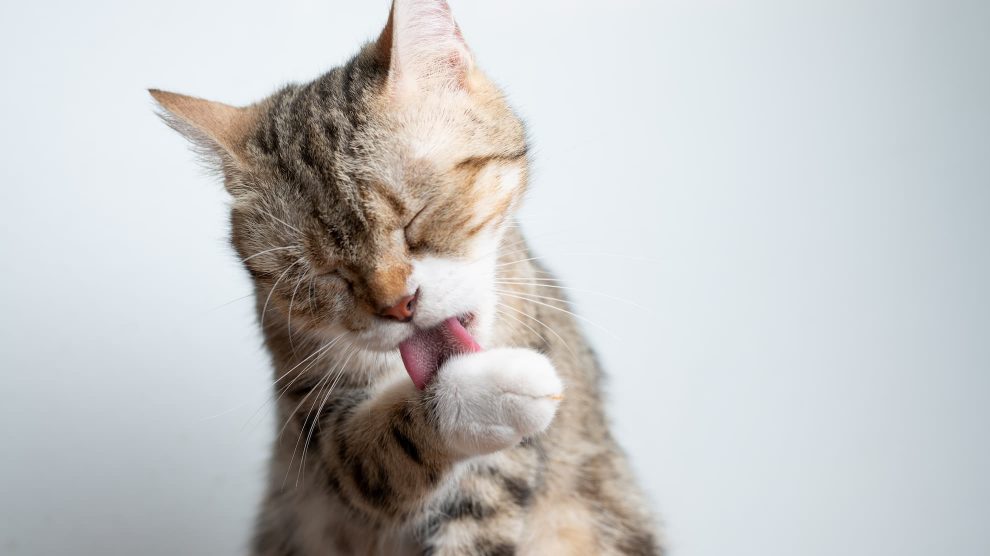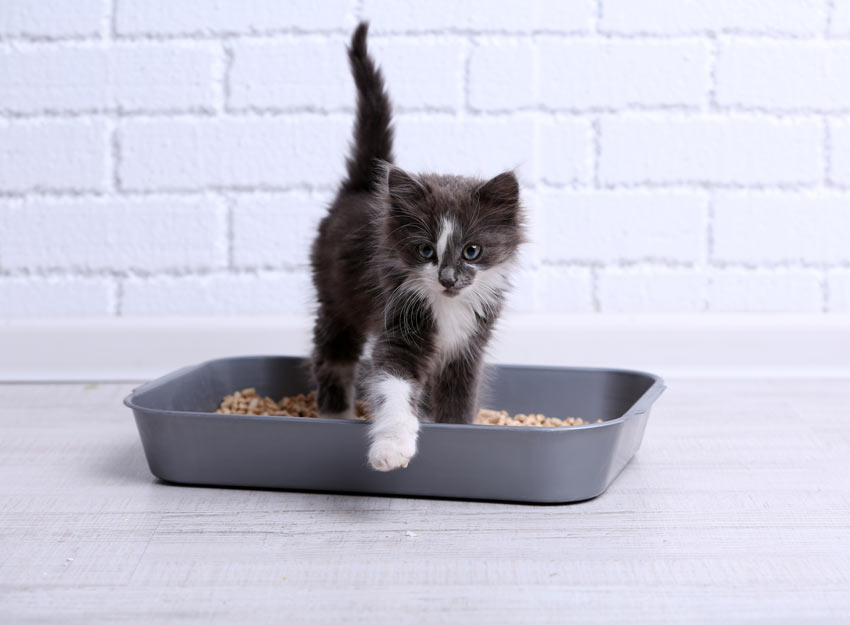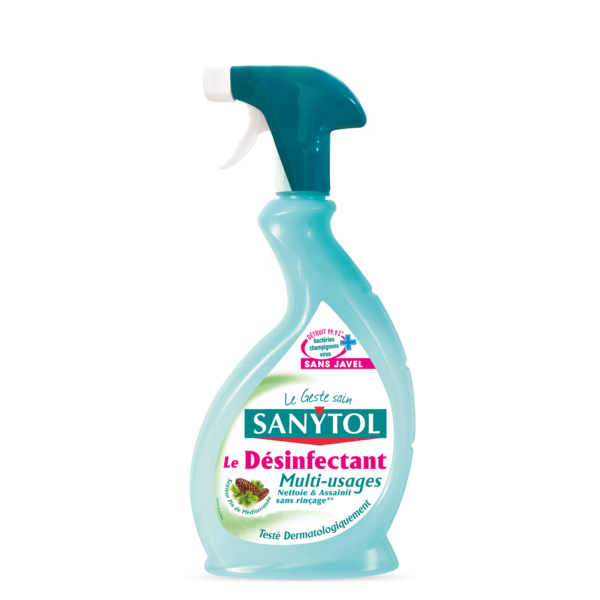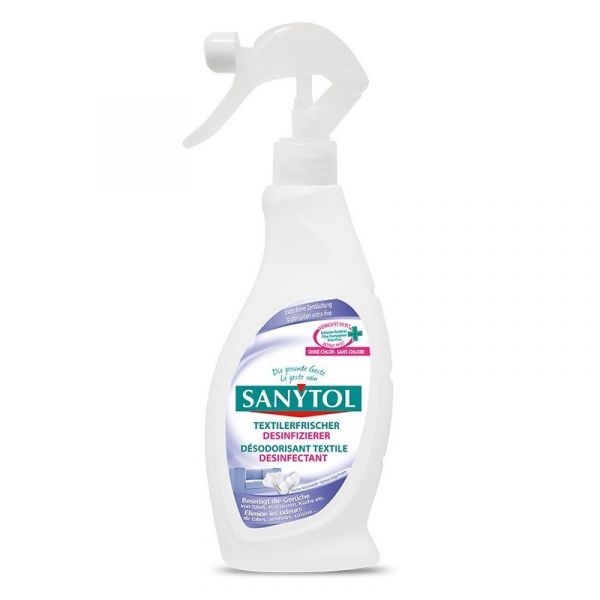The cat is a rather fussy animal when it comes to its personal hygiene. He spends a lot of his time cleaning himself, and likes his toilet to be clean.

If your cat lives indoors, you will need to clean its litter box every day. With a clean litter, you avoid the proliferation of bacteria in the house and you make sure that your cat will not relieve itself anywhere!
Table of Contents
How to clean the litter box of your cat
Here’s how to clean your cat’s litter box on a daily basis:
- Use clumping mineral litter and remove clumps of litter using a litter scoop. This maintenance, in addition to allowing your pet to relieve itself in a clean environment, also helps to reduce bad odors and optimize litter consumption. Your job when emptying and cleaning the entire body will be easier.
- Sweep the surroundings of his crate: it is not uncommon for dust or grains of litter to litter the ground.
- Install a litter mat for him: in front of the entrance to his closed crate or all around his open crate, so that he can use it as a doormat. Leaving its crate, your cat will be able to get rid of any grains of litter clinging to its paws, which it could carry elsewhere in the house.

How do I thoroughly clean and disinfect my cat’s litter box?
Once a week, empty your cat’s crate and give it a thorough cleaning to sanitize it completely. Follow this cleaning routine to keep the litter box clean:
- Empty the litter into a trash bag and seal it tightly to block dust fumes.
- Rinse the crate and if you notice any residue, brush it with soapy water using a brush specifically designed for this task. Do this step preferably outdoors, with a garden hose, or in your garage if you have a sink there. If this is not possible, do not forget to disinfect your washbasin, sink or bathtub after the operation, using a disinfectant product which destroys germs and bacteria.
- Disinfect the litter box using SANYTOL multi-purpose protection disinfectant: it eliminates bacteria and germs at 99.9% without leaving aggressive residues.
Be careful, avoid using bleach, as it causes odors when in contact with cat urine. Ditto, avoid products containing ammonia, which reminds your pet of the smell of urine.
Also clean and disinfect the surroundings of your cat’s litter box, as well as its carpet with SANYTOL textile disinfectant deodorizer.


How to keep the cat litter box clean
Some tips will also allow you to keep a cat’s litter box clean and make it easier to clean:
- Line its litter box 5 to 7 centimeters thick. Below this thickness, the litter will not be able to fulfill its absorption function, and your cat will not feel comfortable in it. He will not be able to dig for his needs, nor cover them. He could even end up defecating directly at the bottom of the tank, or by preferring other places in your house.
- Look at closed crate litter models. This type of litter offers more privacy and you benefit from a barrier against the spread of granules and dust in your home, especially if your pet likes to dig and scratch!
- In addition, some models have sorting grid systems: by tilting the house you can filter clean litter granules and collect soiled clumps without much effort.
It is advised that you should clean the litter box daily in order to keep your cat happy.
Q: How often should I clean my cat’s litter box?
A: It is recommended to scoop the litter box at least once a day to remove waste and clumps. The entire litter box should be completely emptied, cleaned, and refilled with fresh litter once a week.
Q: What is the best way to clean a litter box?
A: Use a scooper to remove clumps and waste daily. Once a week, empty the litter box, wash it with mild dish soap, and use baking soda to neutralize odors. Rinse and dry the box thoroughly before adding fresh litter.
Q: How can I prevent my litter box from smelling?
A: To prevent odors, scoop the litter box daily, use clumping litter, and add baking soda to the bottom of the box. Regular cleaning and proper ventilation also help in reducing odors.
Q: What type of litter is best for my cat?
A: Cats have different preferences, but clumping litter is generally favored by both cats and owners. It is essential to consider your cat’s comfort and any potential allergies when choosing a litter type.
Q: Should I use a covered litter box?
A: While some cats prefer privacy, others may feel trapped in a covered box. It’s best to monitor your cat’s behavior and reactions to determine whether a covered litter box is suitable.
Q: Why is my cat not using the litter box?
A: Cats may avoid the litter box due to cleanliness, type of litter, or health issues. It’s important to maintain a clean litter box, provide suitable litter, and consult a veterinarian if your cat continues to avoid the box.
Q: How can I clean the area around the litter box?
A: Placing a mat under the litter box can help trap litter and prevent messes. Regularly vacuum or sweep the area around the litter box to maintain cleanliness.
Q: How do I keep my cat’s litter box area clean?
A: Establish a cleaning routine, including daily scooping and weekly deep cleaning of the litter box. Additionally, having a mat under the box and regularly cleaning the surrounding area will help maintain a clean litter box space.
Q: Can I use scented litter to mask odors?
A: Scented litter may not be suitable for all cats and can potentially cause aversion. It’s best to minimize odors by regularly cleaning the litter box and adding baking soda to the bottom rather than using scented litter.
Q: How many litter boxes should I have for multiple cats?
A: A general rule is to have one litter box per cat plus one extra. This gives each cat its own space and minimizes the chances of territorial issues or reluctance to share a litter box.